It doesn’t look good for Florida.


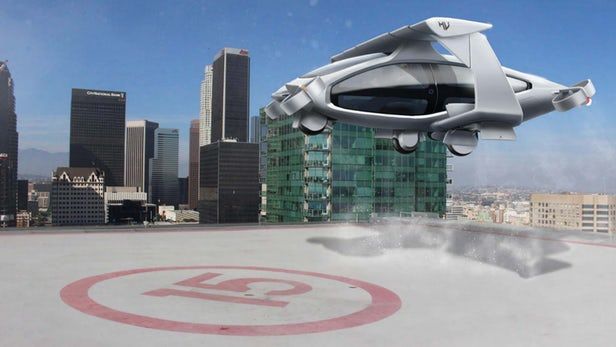
Another flying car company is preparing to join the race to the skies, as Australia’s Macchina Volantis gears up to build a prototype of its road-drivable 5-seat electric aircraft. With VTOL capability, winged flight mode and a diesel range extender, this thing promises to fly at three times highway speed and offer some serious range.
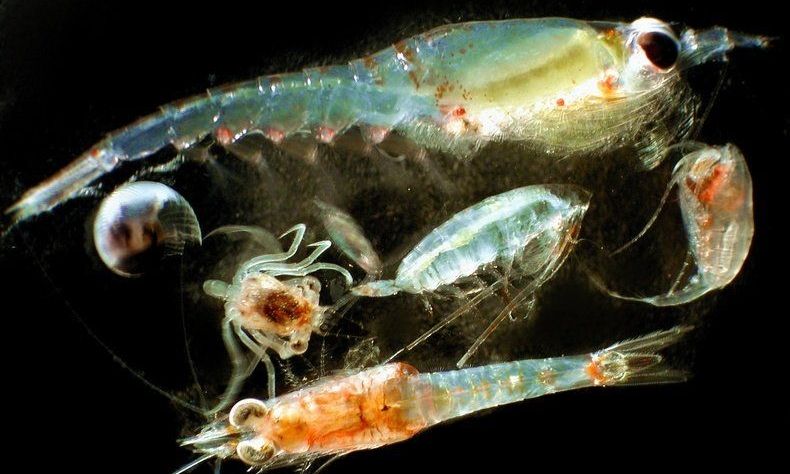
Widespread and sometimes drastic marine oxygen declines are stressing sensitive species—a trend that will continue with climate change.

When was the last time you thought about your breathing? Take a breath right now and think about it. You breathe because you need oxygen, a gas which makes up 21 percent of the Earth’s atmosphere. All that oxygen has to come from somewhere. You might already know that it comes from photosynthetic organisms like plants. But did you know that most of the oxygen you breathe comes from organisms in the ocean?
That’s right—more than half of the oxygen you breathe comes from marine photosynthesizers, like phytoplankton and seaweed. Both use carbon dioxide, water and energy from the sun to make food for themselves, releasing oxygen in the process. In other words, they photosynthesize. And they do it in the ocean.
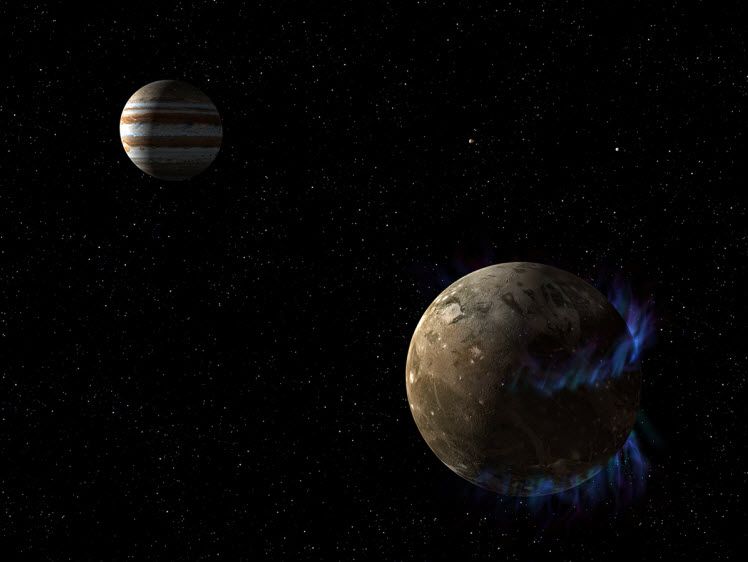
Circa 2015
NASA’s Hubble Space Telescope has the best evidence yet for an underground saltwater ocean on Ganymede, Jupiter’s largest moon. The subterranean ocean is thought to have more water than all the water on Earth’s surface.
Identifying liquid water is crucial in the search for habitable worlds beyond Earth and for the search of life as we know it.
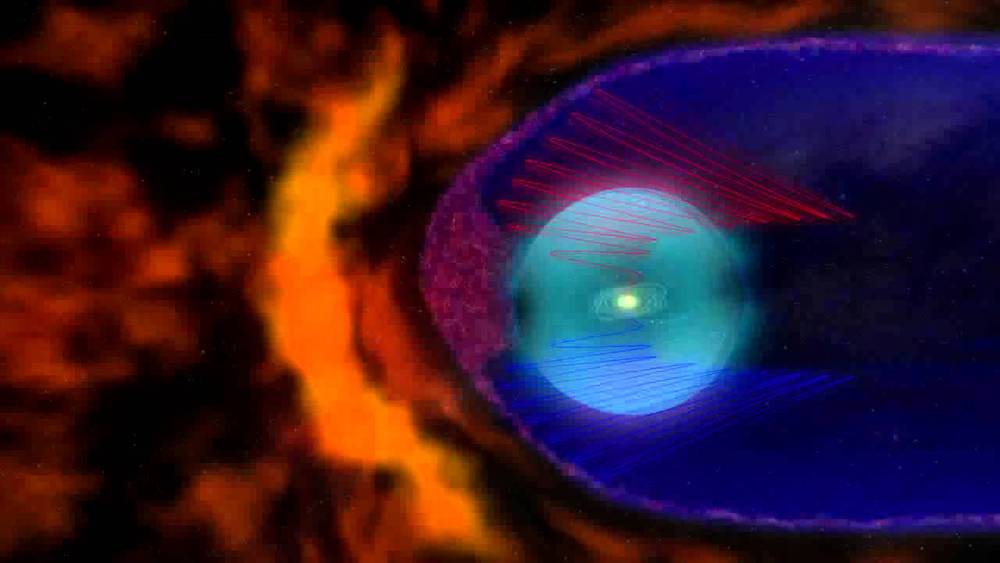
Circa 2012
Enlarge | + 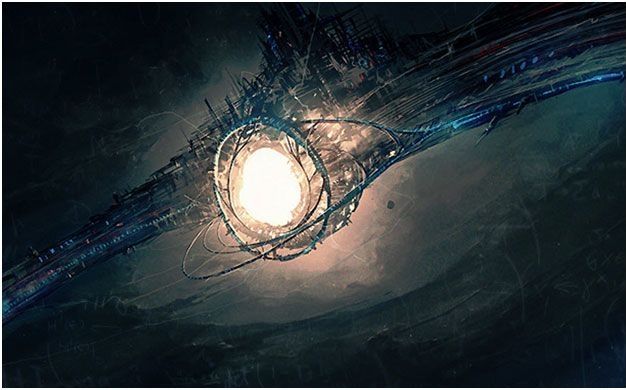
Lt Col Garretson — one of the USAF’s most farsighted and original thinkers — has been at the forefront of USAF strategy on the long-term future in projects such as Blue Horizons (on KurzweilAI — see video), Energy Horizons, Space Solar Power, the AF Futures Game, the USAF Strategic Environmental Assessment, and the USAF RPA Flight Plan. Now in this exclusive to KurzweilAI, he pushes the boundary of long-term thinking about humanity’s survival out to the edge … and beyond. — Ed.
The views expressed are those of the author and do not necessarily reflect the official policy or position of the Department of the Air Force or the U.S. government.
It isn’t enough just to plan for two or 20, or even the fabled Chinese 100 year periods. We need to be thinking and planning on the order of billions of years. Our civilization needs inter-generational plans and goals that span as far out as we can forecast significant events.
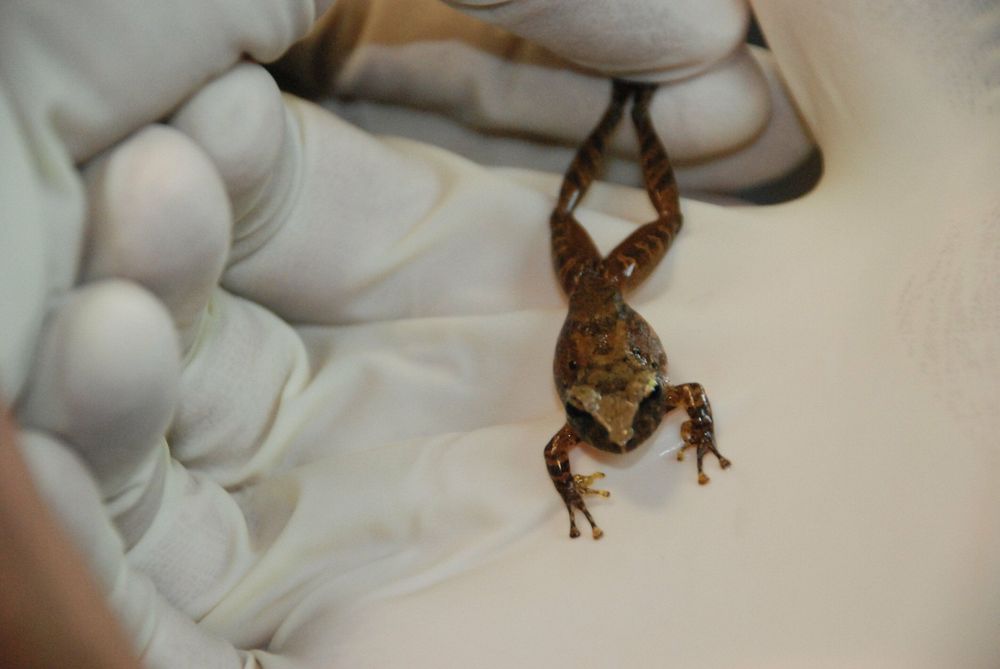
In the past few decades, a lethal disease has decimated populations of frogs and other amphibians worldwide, even driving some species to extinction. Yet other amphibians resisted the epidemic. Based on previous research, scientists at the INDICASAT AIP, Smithsonian and collaborating institutions knew that skin bacteria could be protecting the animals by producing fungi-fighting compounds. However, this time they decided to explore these as potential novel antifungal sources for the benefit of humans and amphibians.
“Amphibians inhabit humid places favoring the growth of fungi, coexisting with these and other microorganisms in their environment, some of which can be pathogenic,” said Smithsonian scientist Roberto Ibáñez, one of the authors of the study published in Scientific Reports. “As a result of evolution, amphibians are expected to possess chemical compounds that can inhibit the growth of pathogenic bacteria and fungi.”
The team first travelled to the Chiriquí highlands in Panama, where the chytrid fungus, responsible for the disease chytridiomycosis, has severely affected amphibian populations. They collected samples from seven frog species to find out what kind of skin bacteria they harbored.

According to the Bulletin, we’ve done nothing in the past year to make the situation any less precarious — humanity still faces not one, but two “existential threats” in the form of nuclear weapons and climate change.
While the clock remains set at 11:58, the potential of either threat to destroy humanity has increased over the past 12 months, according to the Bulletin’s 2019 statement. We must do something to alter our path.
“Though unchanged from 2018, this setting should be taken not as a sign of stability but as a stark warning to leaders and citizens around the world,” the scientists wrote. “The current international security situation — what we call the ‘new abnormal’ — has extended over two years now… Th e longer world leaders and citizens carelessly inhabit this new and abnormal reality, the more likely the world is to experience catastrophe of historic proportions.”
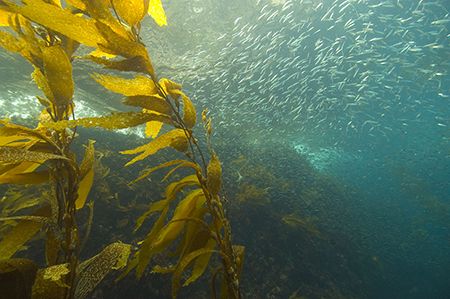

A DAY of science challenges and investigations run by the Institute of Physics was hosted by Rugby High School.
Teams from 12 schools from across the West Midlands came to take part in Super Physics Day.
The teams of four used their knowledge of science to conduct three timed investigations including ‘Air Drop’, an RAF challenge to drop relief packages from a plane to the desired location.